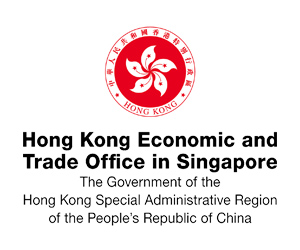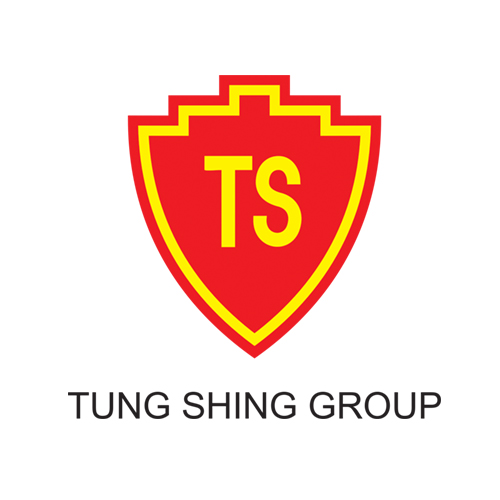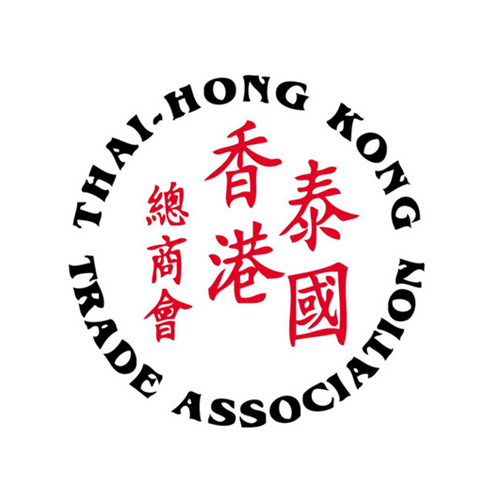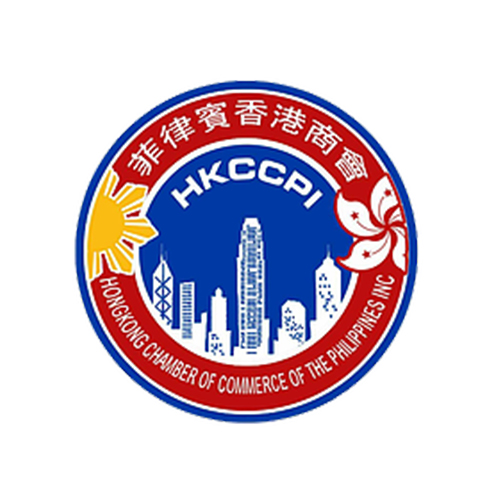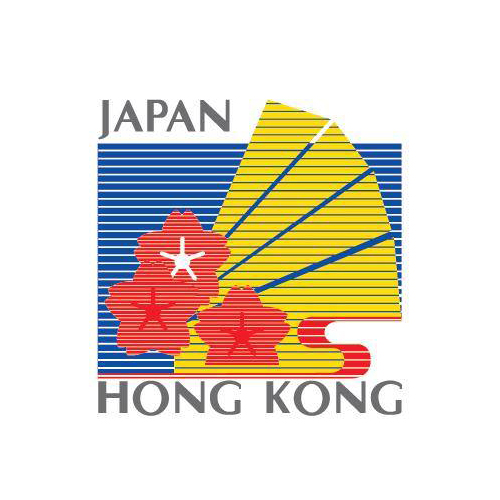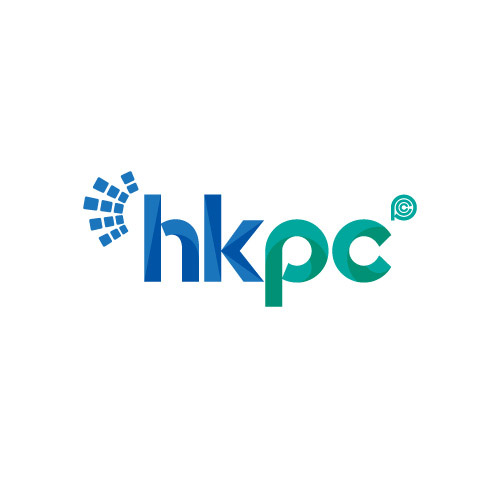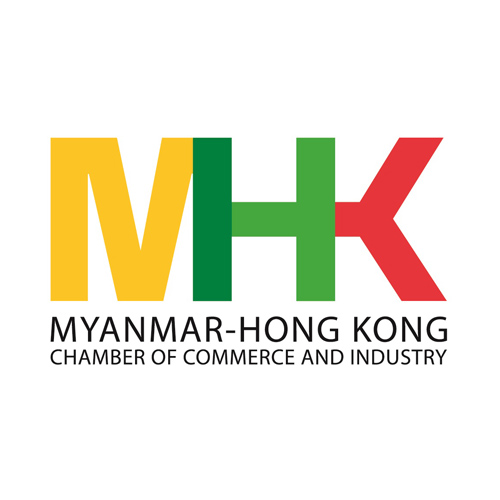Want to be in the loop?
subscribe to
our notification
Business News
KEY TRANSPORT INFRASTRUCTURE PROJECTS FACE CAPITAL SHORTAGE
Many major transport infrastructure projects such as the North-South Expressway, and Ring Road No.2 of HCMC may fall behind schedule due to shortages in investment capital and complicated mechanisms, reported Thanh Nien newspaper.
The total length of the North-South Expressway will be some 2,100 kilometers, spanning 32 provinces and cities. The project has been divided into three phases.
The first phase of 11 sub-projects requires an estimated VND104 trillion (US$4.4 billion), including over VND40 trillion (US$1.7 billion) from the State budget, to develop 650 kilometers of the cross-country expressway between 2017 and 2020. As such, the remaining capital will be mobilized under the public-private partnership (PPP) model.
Similarly, HCMC is an important economic center of Vietnam, but the funds from the State budget being allocated to the city in the 2016-2020 period are expected to fulfill some 10% of the capital demand, at over VND500 trillion (US$21.4 billion), for the development of urban transport infrastructure.
The Ministry of Transport said in a report that despite witnessing strong growth over the past five years, the country’s transport infrastructure has yet to keep pace with development requirements.
Due to financial problems, the current infrastructure systems have not been maintained in a timely manner, thereby limiting their operational capacity.
The transport sector requires funding of some VND952.7 trillion (US$40.9 billion) during the 2016-2020 period. However, only VND292.4 trillion (US$12.5 billion) from the State budget is being allocated to the sector, meeting 30.6% of the total demand. This is regarded as a tough barrier to the fulfillment of targets and tasks assigned for the development of the transport infrastructure.
Vu Anh Tuan, director of the Vietnamese-German Transport Research Center, said the build-operate-transfer (BOT) investment format and other PPP forms used in the construction of infrastructure facilities have become a global trend.
In other countries, whether rich or poor, according to Tuan, state capital cannot provide sufficient funds for infrastructure projects. Even in developed countries, state money only meets one third of the infrastructure construction demand, while the remainder is mobilized from the domestic private and foreign direct investment sectors.
Tuan said infrastructure facilities can be divided into two types. The first is common infrastructure funded by the State budget and official development assistant loans to meet the public’s essential needs, such as travel and cargo transport.
The second is intended to help fuel growth, adding value for the economy and facilitating travel.
Tuan said that the State budget alone cannot finance the second type of projects. Therefore, the Government has no choice but to cooperate with the private sector.
Some transport projects, such as certain expressways between Hanoi City and Lao Cai Province, HCMC and Dong Nai Province’s Long Thanh District, Quang Ninh Province's Halong City and Haiphong City, which were opened to traffic, have helped residents travel faster, hence bolstering economic growth.
Tuan said some sub-projects within the scope of the North-South Expressway would be more feasible if they were developed under the BOT format. He predicted that if these expressway sections were opened to traffic, they would witness strong growth in the number of vehicles, thereby guaranteeing that the investors would be able to recover their investment capital and repay their bank loans.
He noted that numerous obstacles to the execution of BOT transport projects have made local and foreign investors hesitant. State management agencies should draw on experience gleaned from unsuccessful projects and address difficulties to maximize the benefits from these PPP projects, especially those following the BOT system.
Pham Van Hung, deputy head of the Sub-Institute of Transport Science and Technology in Southern Vietnam, echoed Tuan’s view, adding that if certain transport projects were some three years behind schedule, their costs would increase by 50%. This would cause severe damage to the State and the national economy.
He stressed that the Government should introduce rigorous oversight mechanisms and standardize the relevant regulations. Besides this, BOT transport projects should be put up for auction in an objective and transparent manner to seek competent investors in terms of investment capital, professional knowledge and work experience.
Source: The Saigon Times
Related News

GOLDEN DEAL, KNOCK-DOWN OFFER
Are you ready for a fun-filled family vacation. Don't miss the super attractive Family Staycation package at Becamex Hotel. 2 days 1 night package with full amenities and free activities: Buffet breakfast, Swimming, tennis, bicycle, gym, sauna, cool ice cream, 300.000 VND service voucher and many other offers! Contact now for detailed advice.

"BEARY CHRISTMAS" CHARITY PROGRAM
As the Festive Season approaches, Caravelle Saigon, in collaboration with VinaCapital Foundation (VCF), is bringing a heartwarming charitable initiative to life — and we are delighted to invite all HKBAV members to take part in the very first “Beary Christmas” Charity Program. By adopting a Caravelle Bear for VND 299,000 nett, you will be directly supporting children battling cancer in Vietnam through VCF’s Can-Care/Can-Clover Program.

SOILBUILD INTERNATIONAL WINS “BEST INDUSTRIAL DEVELOPMENT” AWARD FOR SPECTRUM NGHE AN AT THE PROPERTYGURU VIETNAM PROPERTY AWARDS 2025
Soilbuild International is pleased to announce that its project, Spectrum Nghe An, has been awarded Best Industrial Development at the PropertyGuru Vietnam Property Awards 2025, held on 24th of October 2025, in Ho Chi Minh City. The PropertyGuru Vietnam Property Awards is part of the prestigious PropertyGuru Asia Property Awards series, the largest and most respected real estate awards programme in Asia.

WEBINAR: 2025 VIETNAM KEY TAX FINALISATION, UPDATES ON TAX CHANGES AND GLOBAL MINIMUM TAX
Dear Valued Client,We would like to invite you to our webinars on Friday, 12 December 2025, and Tuesday, 16 December 2025, to review and learn about key 2025 tax finalisation topics and stay ahead with the latest tax changes.
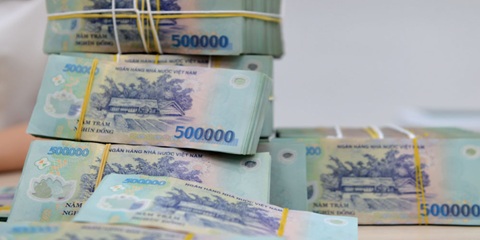
NEW ECONOMIC POLICIES EFFECTIVE THIS DECEMBER
Government Decree 304/2025, effective December 1, sets stricter conditions for seizing collateral, especially assets that are a borrower’s sole residence or essential work tools. In such cases, lenders must set aside a compensation amount equivalent to six to twelve months of minimum wage. The measure aims to improve transparency in bad debt handling and reduce credit risk in the banking system.
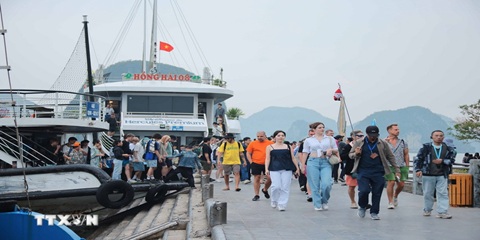
QUANG NINH TARGETS VND58 TRILLION IN TOURISM REVENUE
Quang Ninh Province is aiming to generate VND58 trillion in tourism revenue this year after surpassing its goal of 21 million visitors, driven by new tourism products, expanded nighttime activities, and large-scale events. As of mid-November 2025, Quang Ninh had welcomed 21.28 million visitors, up 12% year-on-year. Tourism revenue reached at least VND57 trillion, a 22.46% increase from the same period last year. With its visitor target achieved, the province is now pushing toward its revenue goal of VND58 trillion.
